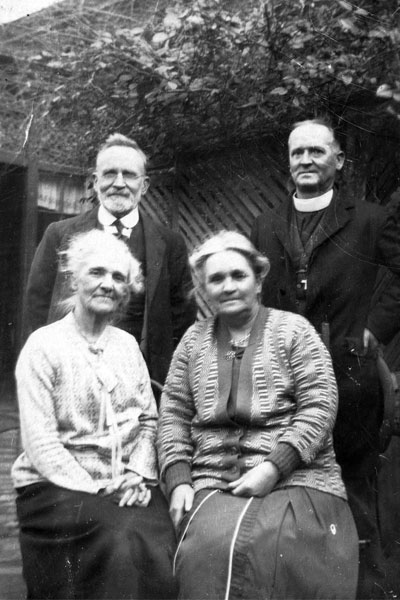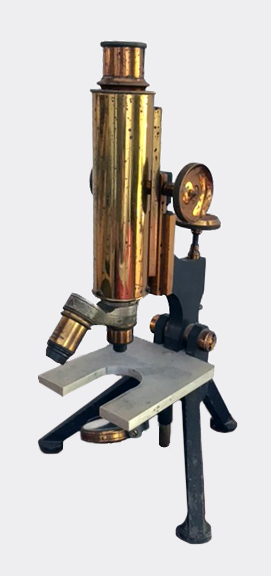Teacher, botanist and nature lover
Born in Beechworth, Victoria, Williamson was interested in natural history from an early age. Williamson collected botanical specimens extensively throughout Victoria and parts of South Australia, New South Wales, and the ACT. His private herbarium is large and includes many type specimens of species that he described in the scientific literature.
Williamson’s passion for the Victorian flora and fauna co-existed alongside his career as a teacher, which began as a teachers aid at age 15 in Chiltern. For 49 years Williamson dedicated his life to educating students in and out of the classroom. He taught, mostly as Head Teacher, primarily at country schools including Hawkesdale, Linton, and Penshurst. He retired from full-time teaching in 1925 to focus on his botanical pursuits.


Williamson was given the honorary position of Keeper of the Herbarium (1929 -1931) at the University of Melbourne Herbarium (MELU) in the School of Botany as it was then known (now the School of BioSciences). The H.B. Williamson Collection Victorian Flora was donated to the National Herbarium of Victoria (MEL) along with his papers.
Williamson collaborated with Ewart in the production of Flora of Victoria (1931), and contributed the whole of Leguminosae, was the principal worker behind the revised Field Naturalists Club of Victoria’s (FNCV) Census of Victorian Plants (1928), published a monograph of the genus Pultenaea (1920-1928), and an account of ferns of Victoria (1926).
Plants named in his honour include Acacia williamsonii Court, Grevillea williamsonii F.Muell. (accepted name G. aquifolium Lindl.) and Pultenaea williamsonii Maiden.
